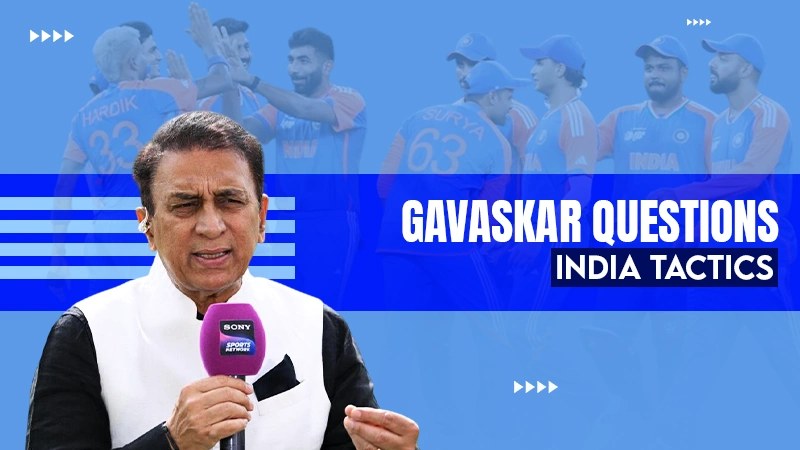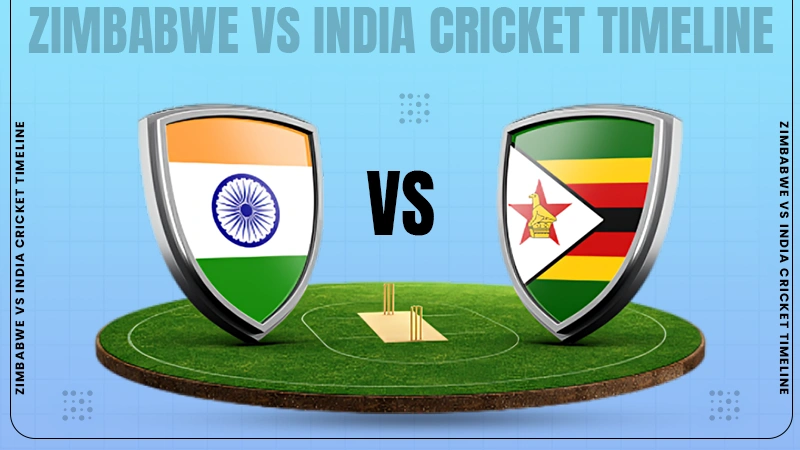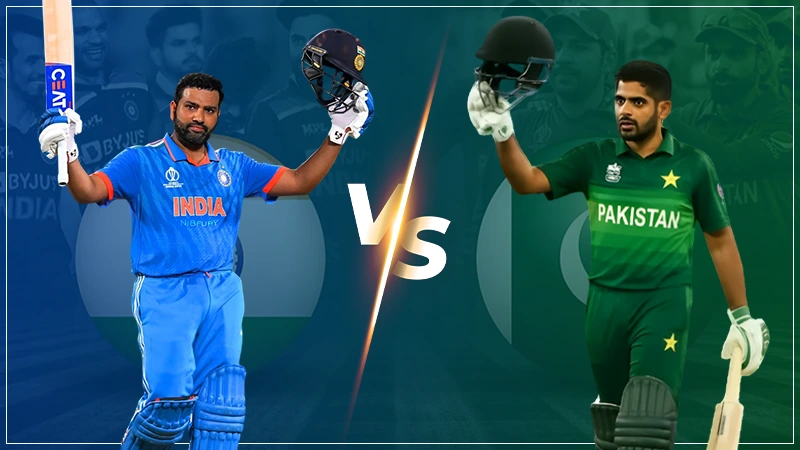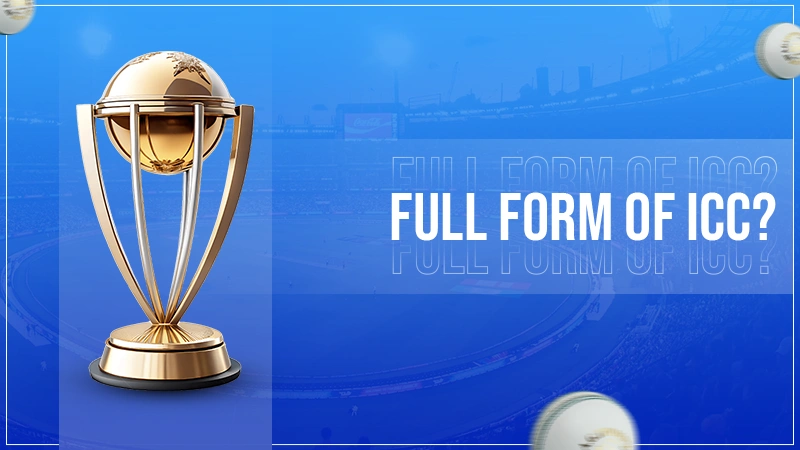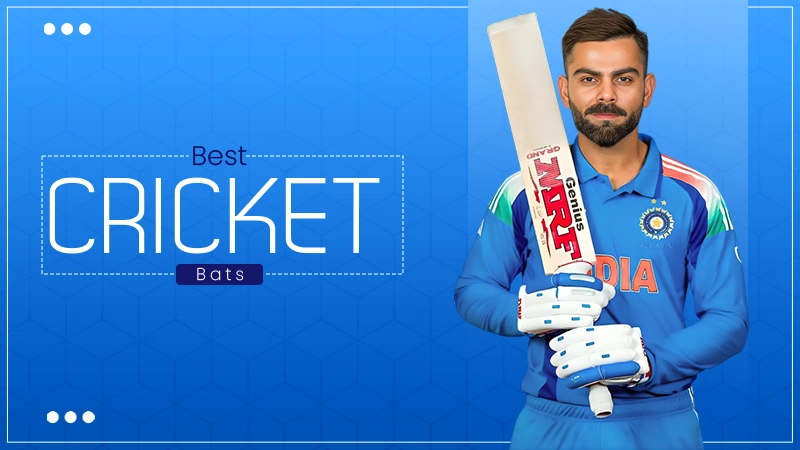
What is the Follow On Rules in Test Cricket: Explanation with Examples
Test cricket is frequently said to be the finest and most strategic format in the game. Every decision you take as a player, strategically or otherwise, can change the dynamic of the game, from when to declare to when to enforce follow-on. Among all of the tactical decisions available, nothing is more interesting—and sometimes confusing—than the follow-on rule in test cricket.
In this guide, we will discuss what a follow-on means, how it works, and the ICC rules on follow-on decisions. Apart from this, we will also discuss tactics involving follow-ons and notable matches that feature follow-on decisions.
Let’s get started!
What is the Follow-On Rule in Test Cricket?
What is the rule of follow-on in Test cricket? In Test cricket, both teams have two innings to bat and bowl. The “follow-on” rule comes into effect after both teams have played their first innings.
If Team A batted first and scored a substantial total, and Team B (the team batting second) could not get near Team A’s total, Team A’s captain could decide to enforce the follow-on. It means that Team B must bat again immediately without Team A having batted a second time.
For Example:
- Team A (1st innings): 450 runs
- Team B (1st innings): 200 runs
- Lead: Team A leads by 250 runs
In this scenario, Team A leads by a margin of more than 200 runs; they can decide to enforce the follow-on. It effectively means that Team B has to bat a second time before Team A bats the second time around.
The idea of the follow-on rule in cricket is very simple. If a team is trailing by a big margin, then they must follow on with their second innings.
Official ICC Law: The Follow-On Rule Explained
There might be many interpretations of follow-on rules in Test cricket floating around the dark corners of cricket. However, there is only one correct rule outlined by the ICC.
Here is how Laws of Cricket (Law 14) define the follow-on rule officially.
“In a two-innings match, the side that bats second may be required to follow their innings if they have been behind by a specified number of runs.”
The law also outlines the lead requirements for the first batting team. They must achieve this and enforce the follow-on, depending on the match length.
Follow-On Run Lead Requirements
The follow-on can only be enforced if the team batting first has a sufficient lead after the completion of the first innings of both teams. The Law of Cricket considers the length of the game in deciding the minimum lead requirement for the follow-on.
Here are the lead requirement rules for follow-on in Test cricket.
| Match Duration | Minimum Lead Required for Follow-On |
| 5-day match (Test match) | 200 runs |
| 3 or 4-day match | 150 runs |
| 2-day match | 100 runs |
| 1-day (First-class) | 75 runs |
Follow-on rules in Test cricket differ from those in other matches. In Test cricket, a team must lead by at least 200 runs after both first innings to enforce a follow-on.
If the start of a Test match is delayed by one or more full days for unknown reasons, then the lead requirements change according to the situation. It only happens if the match is delayed. If a match has started and the duration is shortened due to bad weather or anything, then the lead requirements stay the same.
When Can a Team Enforce the Follow-On?
The enforcement of the follow-on can be done only after both teams have batted once. The captain of the team batting first has the option to make the opposition bat again in certain conditions.
Here is the list of follow-on rules in Test cricket.
- Both teams must complete their first innings.
- The team batting first must have a lead of the required margin (minimum 200 runs in Tests).
- The batting first team captain decides to enforce the follow-on and not the umpires.
- The decision must be made immediately after the second team’s first innings ends.
Once the captain chooses to enforce the follow-on, the umpires confirm and announce their decision.
Why is the Follow-On Optional?
There is a follow-on rule in Test cricket, but it is not mandatory. Even if all the conditions are met, the captain of the batting first team can decide not to enforce it.
You might ask why? Because the strategy of cricket is very complex, you must be a diehard fan to understand it. Forcing the opposition to bat again can also backfire.
Here are a few reasons captains avoid enforcing follow-on.
- Fast bowlers get tired after a long first innings. Bowler fatigue can also trigger it.
- Captains also notice the pitch conditions. Pitch may deteriorate later, and it may give an advantage to spinners in the fourth innings.
- The weather forecast can also play a role in deciding whether to enforce the follow-on or not.
- A captain might want to give his batters more time on the pitch to demoralize the opposition.
The Importance of Follow-On
The rule of follow-on in Test cricket exists to maintain competitive balance. If a team has a sufficiently dominant first innings over its opponents, it earns the opportunity of applying pressure by forcing them to bat again.
Advantages of Follow-On
- The trailing team can feel the psychological pressure when asked to bat again.
- Follow-on also saves time for the batting first team and improves their chances of winning the game within five days.
- Momentum of the team can be carried to the bowling in the second innings.
- Follow-on can also increase their chances of winning by an innings.
Famous Follow-On Instances in Test Cricket History
The follow-on rules in Test cricket have created some of the most memorable comebacks in history. In this section, we will look at some famous instances of such events.
India vs Australia, Kolkata 2001 (The Miracle Comeback)
In a 2001 Test match in Kolkata, Australia chose to enforce the follow-on after India by 274 runs in the first innings. What followed was the sheer tenacity of Indian batters to outplay the opposition.
- India 1st Innings: 171
- Australia 1st Innings: 445
- India 2nd Innings: 657/7 (declared)
- Australia 2nd Innings: 212
VVS Laxman with 281 and Rahul Dravid with 180 scripted the greatest comebacks for India in Test cricket. In the end, Team India won the game by 171 runs after being asked to follow on.
England vs Australia, Headingley 1981
In 1981, England followed on after conceding a lead of 227 runs in the first innings. Ian Botham’s explosive innings in the game turned the tide for England.
- Ian Botham 149
- Bob Willis 8/43
England pulled off a stunning win against their arch-rivals, Australia. This match is remembered as “Botham’s Test.”
New Zealand vs England – Wellington, 2023
In the 2023 series against New Zealand, England chose to enforce the follow-on after leading by 226 runs. However, New Zealand didn’t just take it; they gave it back to England.
New Zealand played well and, in the end, won the game by just 1 run. It was only the fourth instance in Tests since the inception of cricket that a team won after following on.
Conclusion
The follow-on rules in test cricket encompass everything that makes the game such a spectacle: tactics, endurance, unpredictability, in short, everything. Whether it makes for a thunderous victory or a historic comeback, it is one of the most fascinating aspects of the rulebook.
From Laxman’s Kolkata miracle to debates about the modern game and straight to the follow-on, it has become a staple in any discussion about the character of Test cricket. Patience, skill, and timing can determine the history of a Test match.
FAQs
Ans: In a Test match, the follow-on rule allows the team that batted first and has a lead of at least 200 runs to require the opposing team to bat again immediately after the conclusion of their first innings.
Ans: When a team follows on in Test cricket, they have to bat again immediately after the conclusion of the first innings.
Ans: Simply subtract the 200 runs from the first team’s total to calculate the runs for follow-on in cricket.

